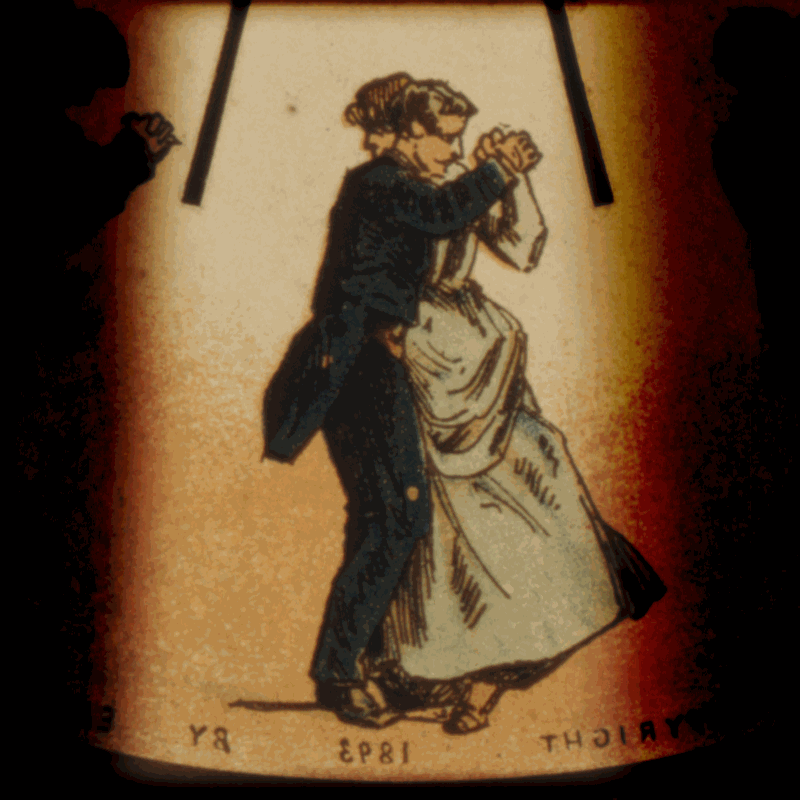The set and lighting for an animation is a very important stage as these can be some of the most vital pieces in creating a certain mood for a scene, a set can tell the audience about the scene that is about to take place and even some details about the characters.
To fit with the aesthetic of 'The Nightmare Before Christmas's' set parts of the set were "plastered and then inscribed lines all over them to give it that sort of textural feel so to make it look almost like a living illustration" (TheMakingOfTheNightmareBeforeChristmas.VOB. 2012) This was to give "Halloween Town" a distinctive feel a mix of Dr. Seuss combined with lots of silhouettes like a black and white film this fits with the genre of the film, it is a holiday film often played around the Halloween time of year. This is in contrast to the "Christmas Town" which is covered in vivid colours but also with the Dr. Seuss aesthetic however, the real world is very isometric and the houses are angular, the colour scheme is also bland.
Before the actual sets were made a 'mock-up' is built to see how it will look and how it will come apart as an actual set is four times the size of the mock-up so the whole thing wouldn't fit in just one sound stage as well as make it difficult for the camera to reach different angles within the set as there may be buildings in the way, or there are trap doors positioned so that animators can rise alter the characters position and then duck away, these special alterations had to be made as the narrative called for certain shots to be used to tell the story in the way that the director. Lighting these sets required around 20-30 lights to create the different effects desired as there is no use of natural light as it can change day to day or between shots so this would distort the colour of the scene once the shots have been put together. (Creativeplanetnetworkcom. 2016)
Subscribe to:
Post Comments (Atom)
Post 12: History of the Development of Animation
One of the first types of stop-motion is the 'Magic lantern' this was a type of image projector. Pictures would have to be painted o...

-
Narrative Development Issuu.com. 2019. Issuu. [Online]. [Accessed 12 September 2019]. Available from: https://issuu.com/chitrachandrashek...
-
The editing in a stop-motion animation is very different to that of a live action film but has also changed a lot in of itself as stop-moti...
-
Narrative Development: The first step of an animations narrative development is the creation of a story line once this is decided it will...
No comments:
Post a Comment